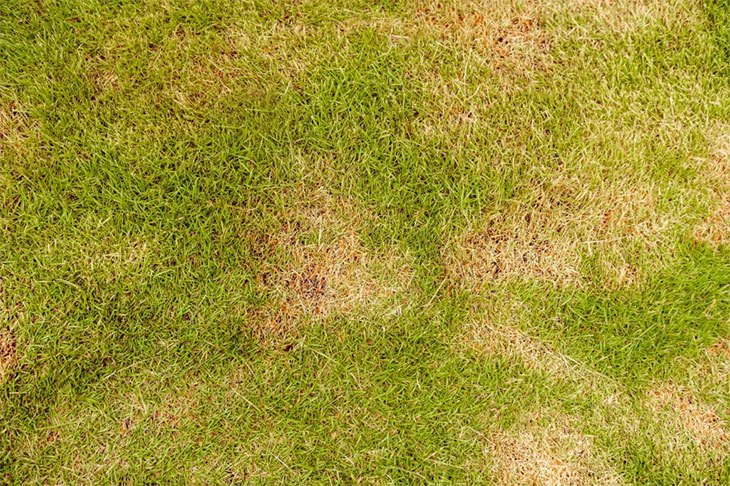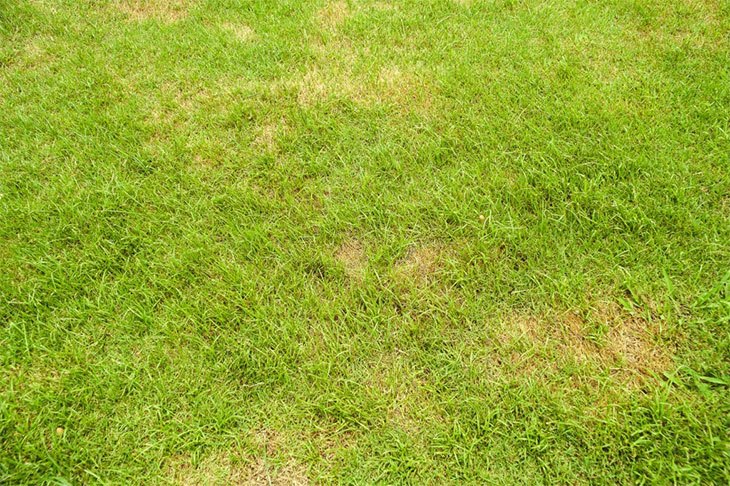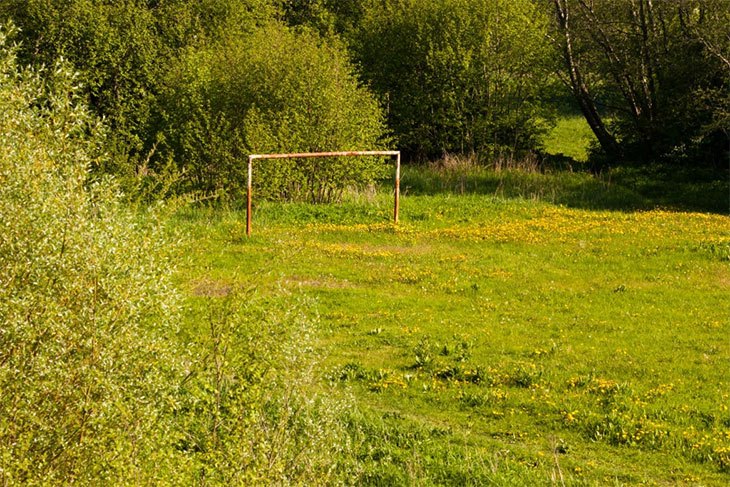Have you ever heard about lawn rust? It is a deterrent that makes the yard look unsightly. But one thing is clear.
We cannot do without grass. The plant makes landscapes beautiful.
Besides, the turf polishes the landscape and the atmosphere by absorbing excess carbon dioxide gas.
It is the carbon dioxide that then encourages the greenhouse effect.
More so, the vegetation sequesters the heat in the atmosphere, making the environment more than accommodating.
The benefits that come with grass cultivation are, therefore, monumental.
How to Plant Turf?

Planting grass is not hard. All you must do is choose the right time for cultivation.
Most turf species do well during spring. You must, therefore, keep the timer on to avoid missing out on a robust opportunity.
Next, you must test the soil to determine its PH value.
Working with experts ensures you also choose the right seeds. Recall, the best seeds propagate fast.
They are healthy too! You then need to till the land, add manure, and even out the surface before planting.
Planting must, however, happen as soon as the ground is ready.
The final step requires you to water the land until you spot the first seedlings.
Types of Grasses You Can Plant On the Yard
But which species grow best in lawns?
It is hard to narrow down on an exact number. Remember, over twelve thousand grass species exist today
However, only a few are easy to plant in the garden. They include.
- Kentucky Bluegrass
- Perennial Ryegrass
- Fine Fescue
- Tall Fescue
- Zoysia grass
- Bermuda grass
- St. Augustine grass
- Centipede grass
Zoysia grass, Kentucky bluegrass, tall fescue, and perennial ryegrass, anyhow, are the most affected by lawn rust.
Tell-Tale Signs

Lawn rust is not a killer disease. It is, however, a condition that alters the appearance of grass. It is also easy to spot.
One symptom you can spot from a distance is the development of yellow-brown dots on the grass blades.
The clippings then become more susceptible to diseases as the lawn rust becomes severe.
Conditions That Favor Lawn Rust Spread
So, what conditions favor the spread of rust? Lawn rust spreads when grass grows in shaded areas with poor air circulation.
The disease can also emerge when warm, cloudy, and humid conditions precede the sunny weather.
And can you prevent the above from happening? Well, the tips below will show you how to turn off grass in rust.
1. Mow Regularly
Do you want to protect the healthy turf from infection? Mowing might be a helpful solution, and here is why.
Grass trimming increases air circulation.
Besides, mowing rejuvenates the affected parts leaving you with healthy clippings.
2. Reduce Irrigation
A rise in humidity encourages the growth and spread of lawn rust. Reducing the irrigation patterns, however, averts the mess.
But should you stop watering the grass entirely?
Well, cutting down the water supply alters the lawn rust cycle.
You must, however, water the lawn immediately if you sense signs of drought stress.
3. Enhance Air Circulation

A moist and humid atmosphere encourages the growth and spread of lawn rust.
You must, therefore, cut off overhanging branches and shrubs to allow more air to flow into the ground.
Above all, you must trim the hedges to let the sun’s rays reach the grass.
4. Fertilize the Lawn
You must fertilize the lawn whenever you can to boost the soil’s nitrogen levels. Recall, that lawn rust thrives when the nitrogen levels are low.
However, add the right products to the ground, depending on the grass species you have planted.
5. Introduce Chemical Agents
Chemical products can tame the rust in your yard in the following ways.
One, they neutralize the affected areas, thus averting future contamination.
Also, herbicides kill grasses affected by lawn rust leaving enough room for rejuvenation.
Caution, however, gets advised during application to avoid killing other useful plants.
Last, repeat any of the steps outlined earlier until you gain success.
Conclusion
Lawn rust is not harmful to grass and other vegetation. The disease, however, makes the yard look ungodly.
That said, you must find ways of attacking the affected areas without causing damage to healthy grass clippings.
But how do you achieve such a feat? First, you must eliminate the conditions that favor lawn rust spread.
For example, you can improve air circulation in the yard by cutting down overhanging branches.
You can also remove artificial obstacles that prevent the free flow of air in the yard.
Last, you can reduce the rate of irrigation to help the grass dry up fast. But organic methods do not always hit the mark.
You must, therefore, use chemical approaches to destroy the disease.
Caution, however, gets advised to ensure you do not kill helpful flora and fauna.
Also, the careful application of herbicides prevents the contamination of groundwater aquifers.

